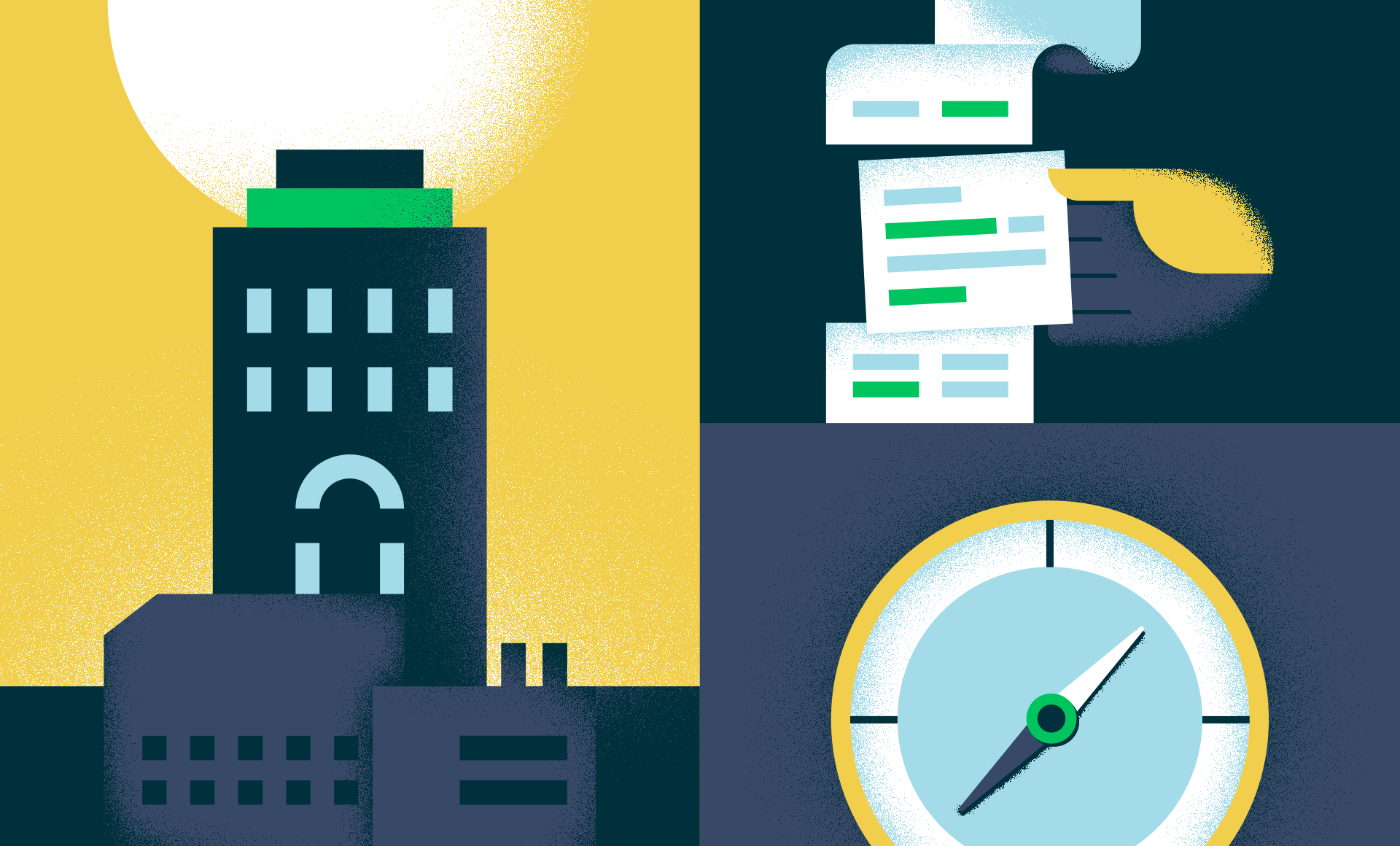Commercial lease agreements can be lengthy. Extracting the key points of a lease — or worse, comparing the details of a large number of leases — is time-intensive. Lease abstraction is the process of distilling the most pertinent and frequently used information within a commercial lease agreement.
The end product — a lease abstract — is a concise, easy-to-read summary of a lengthy lease agreement. The abstract is typically easy to review and update and includes the most important legal, financial, and business details of a lease. It also directs users to where they can find greater context on specific provisions. The lease abstract is a significantly condensed version of the lease without complex legalese.
What’s Included in a Lease Abstract?
The depth of detail in an abstract depends on how you plan to use the abstract, whether for underwriting, acquisition, management, or a merger. At a minimum, an abstract usually contains the following basic information:
- Names of the tenant(s) and landlord
- Address and square footage of the space
- Term of the lease
- Expiration date
- Renewal options
- Whether the tenant previously exercised a renewal right
- Sublet options
- Tenant’s base rent amount
- Planned future rent escalations
- Real estate taxes
- Whether the tenant possesses a right of first refusal if the property is the owner sells the property or leases another space in the building
- Existence of any exclusive use clauses
- Termination clauses
- Additional sources of revenue connected to the lease, such as parking spaces
Retail space leases may include additional details in the abstract such as:
- Geographical restrictions on where tenants may open additional stores that could compete with existing stores on the property, or on where landlords may rent space for use of the same purpose as tenant’s
- Exclusivity agreements
- The percentage of sales, if any, that the landlord receives as part of the rent
- Required hours of operations
- Co-tenancy clauses that allow tenants to reduce their rent in the event that key tenants or a certain number of tenants vacate the retail property
- Gross sales

Why Are Lease Abstracts Necessary?
The plethora of words within a lease serve a purpose, but most are unnecessary for the day-to-day practicalities of managing properties or analyzing investments. A lease abstract allows the people who frequently interact with commercial real estate leases to keep the most relevant information within easy reach. An abstract also:
- Acts as a navigation tool
If the lease is a detailed map to the landlord-tenant relationship, a lease abstract is like the Google Map directions to certain key provisions. It tells you what’s important and how to get where you need to go if more information is required. - Saves time in due diligence processes
Reviewing leases is an essential component of risk analysis in a due diligence process, whether it’s conducted by investors, attorneys, analysts, or lenders. When investors consider a portfolio of properties, they or their staff rarely have time to flip through hundreds or thousands of pages of lease documents to get an overview. Each lease has different terms, sections, and layouts, so finding the key lease terms is difficult. Lease abstracts save investors time by uniformly presenting information to allow for more accurate and efficient risk analysis. For example, an investor can quickly determine what percentage of the tenants have a right of first refusal in the event of a sale, a factor that could influence the profitability of a potential sale. - Helps optimize revenue
Property managers can use lease abstracts to optimize the revenue of a set of properties. For example, a lease abstract lays out exactly which expenses the tenant is responsible for paying. Managers can review these expenses periodically and request reimbursements they’re owed to increase cash flow.
Benefits of Using Software for Lease Abstraction
You can hire a law firm to review each lease manually, but choosing software for lease abstraction offers additional benefits. First, software allows you to tailor a unique solution for your needs. Whether you’re an investor, an analyst, an attorney, or a property manager, you can select the portions of the lease most crucial to your role. And if you choose the right abstraction software, you can integrate it with your company’s current systems, allowing for seamless transfers of information.
Second, lease abstraction software allows you to track important dates in leases and set reminders for dates such as expirations and renewal periods. This function helps ensure you don’t miss important deadlines, such as opportunities for rent increases.
Third, you can access the abstracts you need quickly. Instead of waiting for an in-house team of analysts to read through leases page by page, software rapidly scans and extracts relevant clauses to provide you with the details you need instantly.
Finally, software can save you money. For companies with a significant volume of leases to abstract, software abstraction is usually the most cost-effective option.
Conclusion
Lease abstraction helps landlords, tenants, property managers, attorneys, investors, and equity partners quickly access the critical elements of a commercial lease. Instead of reviewing pages of complex legalese in a commercial lease, a lease abstract offers a concise, uniform, easy-to-read summary. You can hire a legal team to design a lease abstract for you, but lease abstraction software may be a good alternative depending on your needs.
